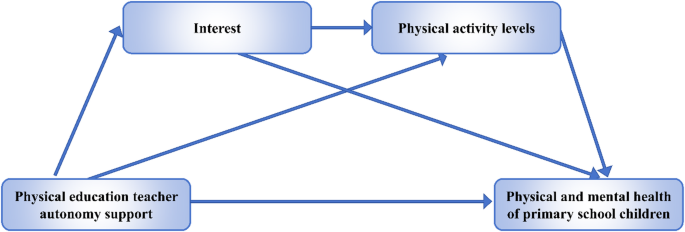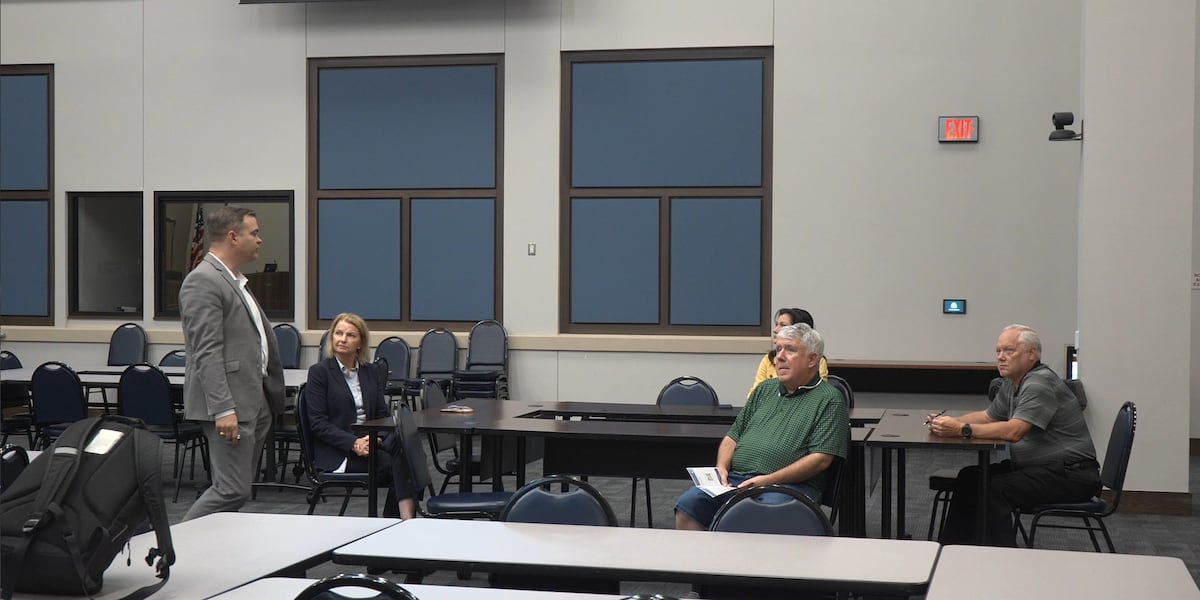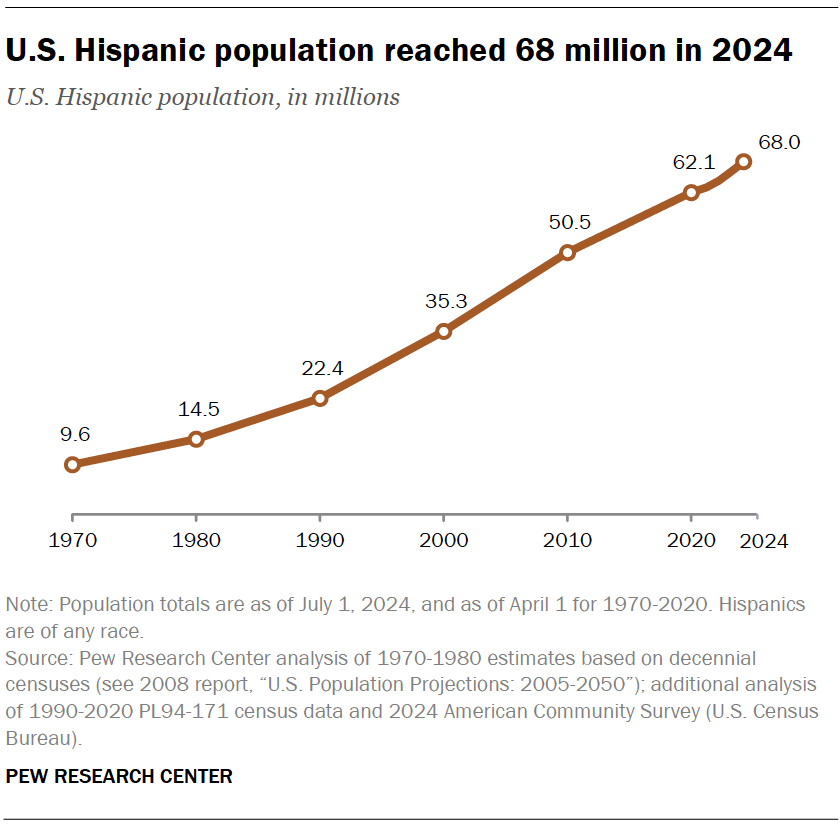Report on Parental Support for Inclusive Education in Illinois and Alignment with Sustainable Development Goals
Introduction
A four-year study conducted by researchers at the University of Illinois Urbana-Champaign indicates substantial parental support for teaching inclusive topics such as race and gender in Illinois schools. The survey, involving 1,550 social studies teachers and administrators, found that approximately 87% of educators perceive parents as supportive of their teaching approaches. These findings challenge prevailing narratives about parental opposition to inclusive curricula, particularly in politically conservative areas, and highlight the state’s progress toward key United Nations Sustainable Development Goals (SDGs).
Alignment with Sustainable Development Goals (SDGs)
SDG 4: Quality Education and Inclusive Curricula
The report’s findings directly correlate with SDG 4, which aims to ensure inclusive and equitable quality education. Specifically, the parental support for teaching on race and gender aligns with Target 4.7, which calls for education that promotes human rights, gender equality, and an appreciation of cultural diversity. Illinois state law reinforces this commitment by mandating instruction on diverse histories and identities. Required topics include:
- Black history prior to enslavement
- Asian American history
- Contemporary Native Americans in Illinois
- The contributions of LGBTQ+ individuals
While the survey sample may have some bias due to its connection with an application for an inclusive teaching program, the broad geographic representation of respondents from across Illinois suggests a significant trend in support of these educational objectives.
SDG 5 & SDG 10: Promoting Gender Equality and Reducing Inequalities
The curriculum mandates and reported parental support reflect progress toward SDG 5 (Gender Equality) and SDG 10 (Reduced Inequalities). By incorporating lessons on gender identity and the historical and ongoing impacts of systemic racism, Illinois schools are actively working to foster a more equitable and understanding society. This contrasts with national data from the Pew Research Center (2022-2023), which identified significant partisan divisions among parents regarding the teaching of race and gender. The Illinois findings suggest a localized environment more conducive to achieving the targets of SDG 5 and SDG 10 through education.
SDG 16: Peace, Justice and Strong Institutions
The state’s educational policy framework demonstrates a commitment to building strong, inclusive institutions, a cornerstone of SDG 16. This was exemplified when the Illinois State Superintendent declined a U.S. Department of Education directive to ban “illegal DEI” (Diversity, Equity, and Inclusion) initiatives. The state’s position, asserting that no federal laws prohibit such programs, reinforces its institutional commitment to equity and supports the legal framework necessary for implementing an SDG-aligned curriculum.
Challenges and Resource Requirements for SDG Implementation
Teacher Workload and Resource Gaps
Despite strong policy and parental support, the report identifies significant challenges in the implementation of these inclusive curricula. A primary issue is the lack of updated educational materials. Educators report that textbooks do not keep pace with societal changes, forcing them to develop their own lesson plans and resources. This practice, while allowing for lessons tailored to student interests, contributes to teacher burnout and creates inconsistencies in educational delivery, potentially hindering the effective achievement of SDG targets.
Call for Enhanced Support
To effectively implement the state’s curriculum requirements and advance its SDG-related goals, educators have identified a critical need for additional resources. The report indicates that teachers are requesting specific forms of support to alleviate their workload and enhance instructional quality. These requests include:
- Access to curated historical sources and primary documents.
- Development of ready-to-use classroom activities.
- Provision of comprehensive unit and lesson plans.
Conclusion
The University of Illinois report, co-authored by Asif Wilson and Salka Aslam, concludes that there is a strong foundation of parental and institutional support in Illinois for an educational system aligned with the principles of SDGs 4, 5, 10, and 16. However, to translate this support into sustainable and effective classroom practice, a significant investment in teacher resources and professional development is required. Addressing the identified resource gap is crucial for ensuring that educators are equipped to deliver the high-quality, inclusive education mandated by the state.
Analysis of SDGs, Targets, and Indicators
SDG 4: Quality Education
- The article’s central theme is education, specifically the content of social studies curricula in Illinois. It discusses the state’s legal requirement to provide an inclusive education that covers the histories and contributions of diverse groups.
- It addresses the quality of education by highlighting the need for updated resources and materials, as current textbooks are outdated. The article notes that teachers are creating their own materials, which can be beneficial but also leads to teacher burnout, affecting the sustainability of quality teaching.
SDG 5: Gender Equality
- The article directly connects to this goal by mentioning the teaching of “gender” and the legal requirement in Illinois to teach about the “contributions of LGBTQ+ individuals.”
- It also references a national survey on whether children should learn that “gender can be different from sex at birth,” placing the discussion within the broader context of promoting understanding and equality related to gender identity.
SDG 10: Reduced Inequalities
- This goal is addressed through the article’s focus on inclusive curricula designed to reduce inequalities. The Illinois state law mandates teaching about Black history, Asian American history, and contemporary Native Americans.
- By ensuring that the histories of marginalized and diverse groups are part of the standard curriculum, the education system is actively working to promote social inclusion and combat discrimination, which are core principles of SDG 10. The state superintendent’s refusal to ban Diversity, Equity, and Inclusion (DEI) initiatives further supports this connection.
SDG 16: Peace, Justice and Strong Institutions
- The article highlights the role of state-level institutions in promoting inclusive and just policies. The Illinois state law mandating an inclusive curriculum and the state superintendent’s decision to defy a U.S. Department of Education order to ban DEI are examples of a strong institution upholding principles of equity and inclusion.
- Education that fosters an appreciation for cultural diversity and human rights is a fundamental building block for creating peaceful and inclusive societies.
Identified SDG Targets
SDG 4: Quality Education
- Target 4.7: By 2030, ensure that all learners acquire the knowledge and skills needed to promote sustainable development, including, among others, through education for human rights, gender equality, promotion of a culture of peace and non-violence, global citizenship and appreciation of cultural diversity.
- The Illinois law requiring teaching about Black history, Asian American history, Native Americans, and LGBTQ+ individuals directly implements education for human rights, gender equality, and the appreciation of cultural diversity as described in this target.
- Target 4.c: By 2030, substantially increase the supply of qualified teachers, including through international cooperation for teacher training in developing countries, especially least developed countries and small island developing States.
- The article implies a connection to this target by discussing the challenges teachers face, such as burnout from having to create their own materials and the need for more resources and support. Addressing these issues is crucial for retaining a supply of qualified teachers.
SDG 5: Gender Equality
- Target 5.1: End all forms of discrimination against all women and girls everywhere.
- The curriculum’s inclusion of gender topics and LGBTQ+ contributions is an educational strategy aimed at fostering understanding and respect, which helps to combat the stereotypes and prejudices that lead to discrimination.
SDG 10: Reduced Inequalities
- Target 10.2: By 2030, empower and promote the social, economic and political inclusion of all, irrespective of age, sex, disability, race, ethnicity, origin, religion or economic or other status.
- The mandated curriculum is a direct tool for promoting the social inclusion of diverse racial, ethnic, and social groups by ensuring their histories and contributions are recognized and taught to all students.
- Target 10.3: Ensure equal opportunity and reduce inequalities of outcome, including by eliminating discriminatory laws, policies and practices and promoting appropriate legislation, policies and action in this regard.
- The Illinois state law is an example of “appropriate legislation” and “policy” designed to promote equality within the education system. The state superintendent’s defense of DEI policies is a further action in this regard.
Mentioned or Implied Indicators
For Target 4.7 (Quality Education)
- Indicator 4.7.1: Extent to which (i) global citizenship education and (ii) education for sustainable development are mainstreamed in (a) national education policies; (b) curricula; (c) teacher education.
- The article provides direct evidence for this indicator by stating that Illinois “state law requires districts to teach about Black history before enslavement, Asian American history, contemporary Native Americans in Illinois and the contributions of LGBTQ+ individuals.” This shows that education for cultural diversity and human rights is mainstreamed in state policy and curricula. The call for more resources also points to the need for better support in teacher education.
For Target 10.2 (Reduced Inequalities)
- Implied Indicator: Public support for inclusive education policies.
- The article provides a quantitative measure for this: “approximately 87% of educators agree that parents were supportive of their approaches.” This figure serves as an indicator of social acceptance and progress towards the goal of inclusion.
- Implied Indicator: Availability of adequate and updated teaching materials for inclusive curricula.
- The article implies this indicator by highlighting a deficit. It states that “educators want more resources,” “textbooks don’t keep up,” and teachers “have had to prepare their own class materials.” The availability of such resources can be measured to track progress.
Summary Table of Findings
| SDGs | Targets | Indicators |
|---|---|---|
| SDG 4: Quality Education | Target 4.7: Ensure all learners acquire knowledge and skills for sustainable development, including human rights, gender equality, and appreciation of cultural diversity. | Indicator 4.7.1: The article confirms that inclusive topics (Black history, Asian American history, LGBTQ+ contributions) are mainstreamed in Illinois state education law and curricula. |
| SDG 10: Reduced Inequalities | Target 10.2: Empower and promote the social inclusion of all, irrespective of race, ethnicity, or other status. | Implied Indicator: The article provides a statistic on public support for inclusive teaching, with “87% of educators” reporting parental support. |
| SDG 10: Reduced Inequalities | Target 10.3: Ensure equal opportunity by promoting appropriate legislation and policies. | Implied Indicator: The existence of the Illinois state law mandating inclusive curricula and the state’s official defense of DEI policies serve as an indicator of policy implementation. |
| SDG 5: Gender Equality | Target 5.1: End all forms of discrimination. | Implied Indicator: The inclusion of “gender” and “contributions of LGBTQ+ individuals” in the state-mandated curriculum is an indicator of educational action against discrimination. |
Source: ipmnewsroom.org







